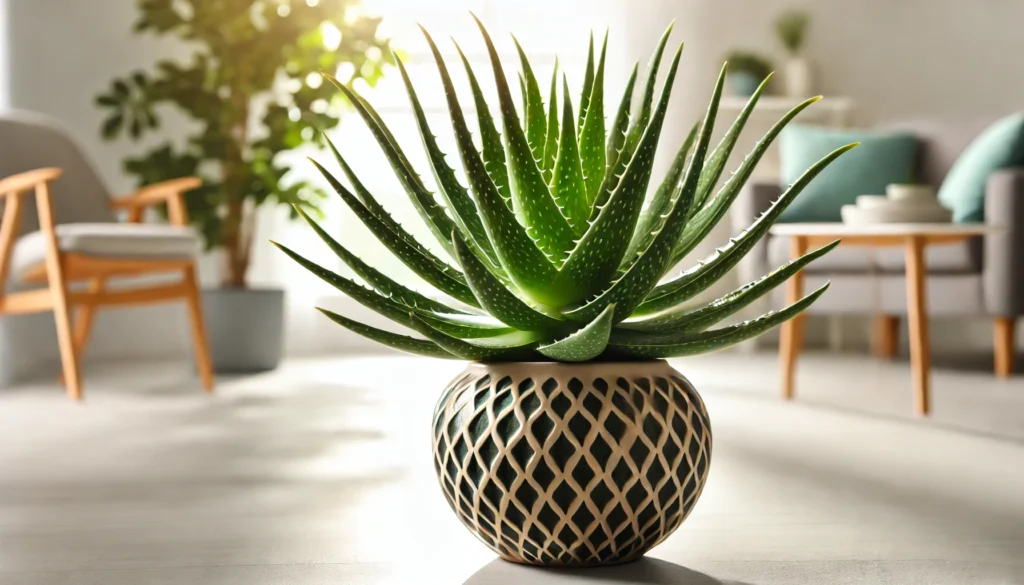
Salal (Gaultheria shallon) is a robust and versatile perennial shrub known for its thick, leathery leaves and dark purple berries. Native to the Pacific Northwest, this plant can grow up to 5 feet tall (1.5 meters) and spread 3-4 feet (0.9-1.2 meters) wide, making it an excellent ground cover or border plant. With its year-round green foliage and edible berries, Salal adds beauty and functionality to any landscape.
History and Ideal Growing Conditions
Salal is native to the coastal forests of western North America, from Alaska down to California. Indigenous peoples have long used this plant for food and medicinal purposes. It thrives in USDA hardiness zones 7-9, flourishing in the cool, moist climates typical of these regions.
Salal prefers partial shade, although it can tolerate full sun if grown in cooler areas. It thrives in well-drained, acidic soils rich in organic matter, and its tolerance for both dry and moist conditions makes it an adaptable option for many gardens.
Toxicity and Pets
Salal is non-toxic to pets, making it a safe option for households with cats or dogs. Its berries are edible for humans and animals alike, although pets may not be drawn to it naturally.
Safe Alternative Plants
If you’re looking for more non-toxic, pet-safe options, consider these alternatives:
- Blueberry (Vaccinium spp.)
- Oregon Grape (Mahonia aquifolium)
- Ferns (Nephrolepis exaltata)
Best Practices for Caring for Salal
Salal is relatively low-maintenance, but there are a few key care practices to ensure it thrives in your garden.
Watering and Humidity
Although Salal is drought-tolerant once established, it thrives with consistent moisture, especially in its early growth stages. Water regularly to keep the soil evenly moist but not soggy. In dry climates, occasional deep watering during hot weather will help keep the plant healthy. Salal also performs well in humid environments but doesn’t require high humidity to thrive.
Soil, Light, and Temperature
Salal prefers acidic soil (pH 5.0-6.5) that is well-draining and rich in organic matter. Amend the soil with peat moss or compost if needed to create the right conditions. Ideally, plant it in partial shade, although full sun is tolerable in cooler regions. Salal thrives in mild temperatures between 55°F and 70°F (13°C to 21°C) and can tolerate occasional frost, making it perfect for coastal or temperate climates.
Fertilizing
Salal doesn’t require heavy fertilization. A light application of a balanced, slow-release fertilizer in the spring is sufficient. Alternatively, adding a layer of compost or organic mulch around the base of the plant in early spring will feed the plant and improve soil structure.
Common Problems and Remedies
Salal is generally disease-resistant, but a few issues can arise under less-than-ideal conditions.
- Leaf Spot: This fungal disease causes dark spots on the leaves. Improve air circulation and avoid overhead watering to prevent it.
- Root Rot: Occurs in poorly drained soils. Ensure the plant is in well-drained soil to avoid this problem.
- Pests: Occasionally, aphids or caterpillars may appear. Use insecticidal soap or handpick the pests to manage them.
Pruning Salal
Pruning helps control the size and shape of Salal while promoting healthy growth. The best time to prune is late winter or early spring, before new growth begins.
Tools Needed
Use sharp, clean pruning shears for trimming. Always sanitize your tools before and after pruning to avoid spreading diseases. You can use rubbing alcohol or a diluted bleach solution to disinfect your tools.
Identify Areas to Trim
Start by removing any dead, damaged, or diseased stems. For general shaping, you can prune back up to one-third of the plant. Focus on areas where growth is dense or leggy to encourage fuller, more even growth.
Deadheading
While deadheading isn’t necessary for Salal, removing old flower clusters can help the plant focus its energy on new growth and berry production.
Prune Leggy Growth
If the plant starts to develop long, leggy branches, prune them back to promote a more compact and bushy growth habit.
Remove Damaged or Diseased Leaves
Cut away any leaves showing signs of damage or disease to prevent further issues. This will keep the plant looking its best and encourage healthy foliage.
Shape the Plant
Prune the plant to maintain a natural, rounded shape, or trim it more heavily if you’re using it as a hedge or border plant.
Post-Pruning Care
After pruning, water the plant lightly to help it recover. Ensure it gets enough sunlight and maintain consistent soil moisture to promote healthy new growth.
Propagation and Benefits
Salal can be propagated by seed, division, or cuttings. The easiest method is to take semi-hardwood cuttings in late summer. Place the cuttings in a pot of moist soil, and they should root within a few weeks. Division of mature plants in early spring is another effective way to propagate Salal.
This plant offers many benefits beyond its ornamental appeal. Its berries are edible and often used in jams and preserves, and the leaves can be used in floral arrangements. Additionally, Salal provides excellent ground cover in shady areas, helping to prevent soil erosion and reduce weed growth.
Final Thoughts
Salal is a versatile and hardy addition to any garden. Its dense, evergreen foliage, edible berries, and ability to thrive in challenging conditions make it a favorite among gardeners in temperate regions. With the right care, Salal will provide beauty and utility for many years to come, making it a valuable addition to your landscape.



